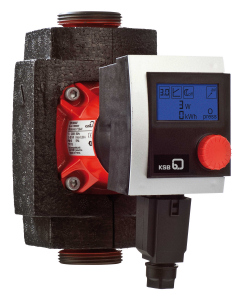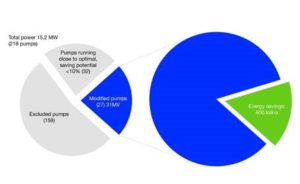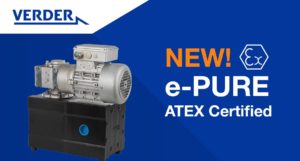New Maintenance-Free, High-Efficiency Wet Rotor Pump
In 2011, KSB, Germany will showcase a new maintenance-free, high-efficiency wet rotor pump with continuously variable differential pressure control.

Equipped with EC motors, the new Riotronic P pumps achieve unparalleled energy efficiency. (Image: KSB)
Thanks to a fluid temperature range of +2 °C to +110 °C, the pump sets designed as circulators for use in single-family to six-family houses can also be employed for HVAC applications and in industrial recirculation systems. Compared with fixed speed circulators, these new, highly efficient pumps make it possible to save up to 90 percent of energy costs, meeting tomorrow’s efficiency requirements already today.
Equipped with EC motors, the new Riotronic P pumps achieve unparalleled energy efficiency. Thanks to the high starting torque and the special deblocking function, the new type series offers excellent operating reliability. A large, clearly structured and user-friendly front display allows intuitive, menu-driven setting of the pump. It does not only show the operating condition but also the current input power in watts and energy consumption in kilowatts.
A special technical feature is the vent function which prevents losses in pump performance as well as noises resulting from an accumulation of air in the pump casing. The program starting the vent function can be activated via the menu following installation or maintenance work. The pump will automatically remove the air from the rotor space, thus eliminating the need for manual venting. After the program run, the pump will automatically return to the pre-set mode. The pump is equipped with heat insulation as a standard and has a compact design making installation easy – even in confined spaces.
Thanks to the plug connector, electrical connection is very convenient. The new high-efficiency pump unit is available with two motor ratings and maximum heads of four and six metres respectively, as well as in standard overall lengths and nominal diameters.
Source: KSB SE & Co. KGaA







